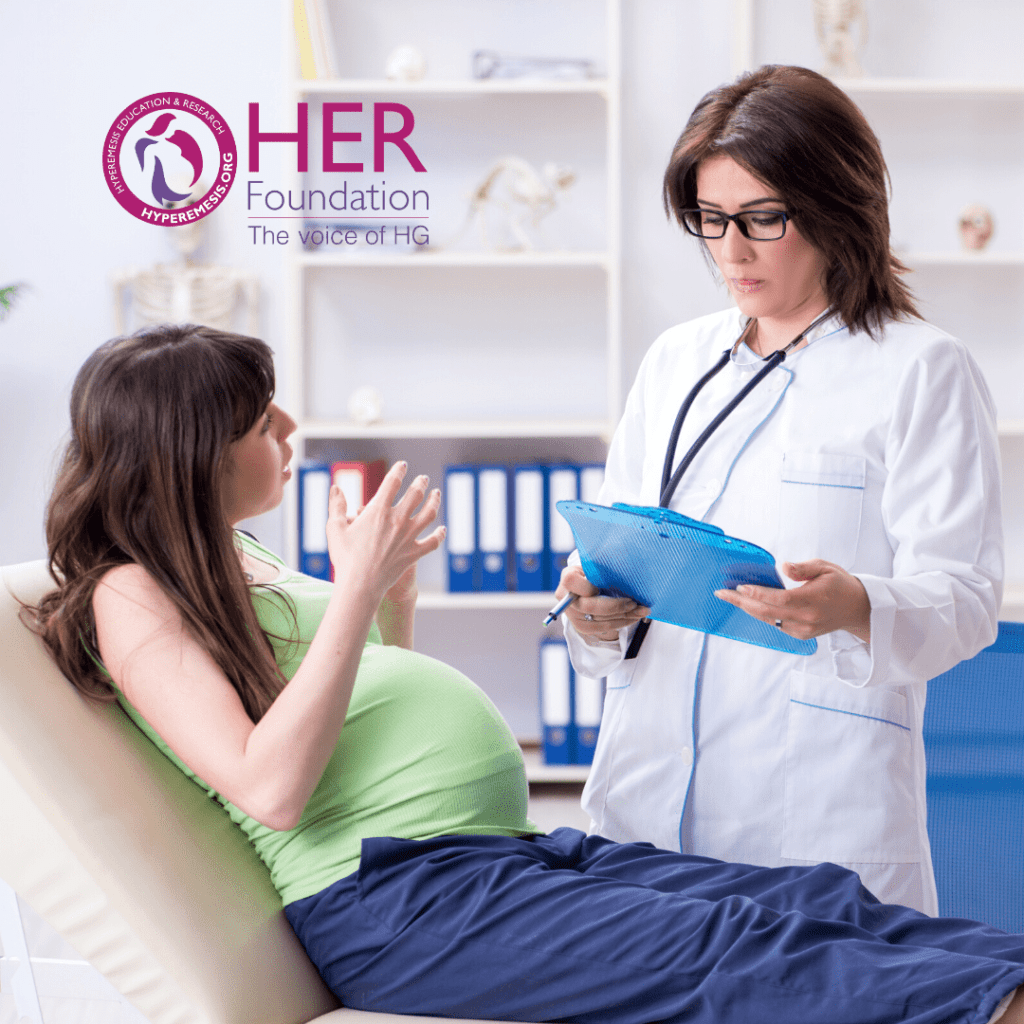Nausea and vomiting are common in pregnancy, but how do you know if you have hyperemesis gravidarum (HG) and not just normal morning sickness? How do you know if you have morning sickness or HG? How do you treat HG?

There are lots of definitions of hyperemesis gravidarum (HG). A recent international consensus development process established the following definition: nausea and vomiting that begins in early pregnancy, is not caused by another condition, and has either a severe inability to eat and/or drink normally, or a severe effect on daily activity. Signs of dehydration contribute to the diagnosis.
Older definitions required either a certain threshold of weight loss (generally 5%) or a need for intravenous hydration, but these can be missing if a woman is treated aggressively.
A lot of people with normal morning sickness (pregnancy sickness) may find that they need to rest more and avoid some activities, but if you cannot function due to nausea and vomiting of pregnancy, then you may be developing HG, even if you have not had significant weight loss or dehydration.
Generally, a doctor will give you the diagnosis of HG when you need IV hydration, hospitalization, have significant weight loss, or if you need prescription medications to avoid those things. Sometimes a doctor will write down the diagnosis in your record but not to discuss the diagnosis with you. This is where you need to advocate for yourself and ask questions until you understand what is happening and why you are so sick.
HG symptom severity varies greatly from woman to woman and from week to week. However, when a mother is able to function due to medication, that doesn’t mean she is well. She still has HG, just as a diabetic still has diabetes when blood sugars are normal on insulin.
Kimber MacGibbon, RN
Executive Director
What is the best treatment for hyperemesis gravidarum (HG)?

The best treatment for hyperemesis gravidarum (HG) is the medication that helps you stay hydrated, get needed nutrition, and maybe even function.
Everyone responds differently to medications, and a medication that is a miracle drug for some will do nothing for others. Unfortunately, we do not yet know why some respond well to certain medications and some don’t. More research needs to be done on this. In our study, the treatments found most effective were bedrest, ondansetron, IV fluids, and IV nutrition. Often combinations of medications are needed, not just a single medication.
Each treatment needs to be evaluated based on its effectiveness, and balanced with the side effects and the possible risks to the baby. For everyone these may be a little different.
Side Effects
Side effects are another thing that is different for everyone. Some may have intolerable side effects from a drug, making it an unacceptable treatment even if it helps control her symptoms. Effective prevention and management of side-effects offers patients more treatment options.
Some medications cause sedation, making it difficult to care for young children. Others may cause anxiety if not given with antihistamines. See our medication strategies for ways to optimize treatment.
Most doctors avoid prescribing medications without a long history of use in pregnancy because we do not know about possible effects on the baby, but if symptoms are severe, those may be needed. The safety of medications is also different depending on your stage in pregnancy. For example, if a medication may cause cleft palate, avoid using until the palate is formed in the baby at around 10 weeks. After that, it might be considered safe.
Patients with hyperemesis gravidarum (HG) also need:
- to rest
- to avoid triggers
- to get thiamin (vitamin B1) supplementation to prevent complications from deficiency
- to receive nutrition and other needed vitamins, which can be given by tube feedings or intravenously
- and to have a lot of support, help, and compassion.
Finding the right treatment can be challenging and require trying several options before finding what works for you.
GET INVOLVED

